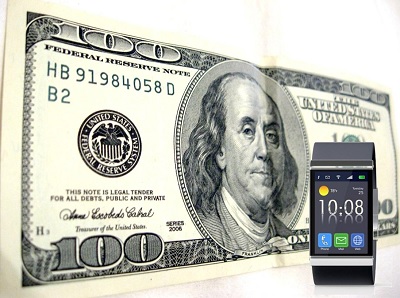Companies will need to prepare themselves for these devices just as they did for smartphones.
Bring your own device (BYOD) programs in companies of all sizes have become very commonplace and now the introduction of wearable technology could be changing the nature of those strategies.
Although some forms, such as smartwatches, may not change too much, others could require altogether different rules.
The first step that companies will need to take when they are looking into allowing workers to use wearable technology on the job is mobile security. This comes both in the form of adequate protection against malware, viruses, and cyber attacks, as well as in the form of privacy of the company’s information. Smartwatches likely won’t offer too much problem in that second category, but augmented reality glasses such as Google Glass or Smart Specs, for example, could allow video recording and picture taking to occur while being completely undetectable to those around the wearer.
This means that companies will need to seriously consider privacy when allowing wearable technology.
At the same time, there are some wearables that could be seen as beneficial to a workplace environment. For example, the number of fitness and activity trackers that are currently available could help to encourage employees to live healthier lifestyles and to try to come closer to achieving their 10,000 steps every day.
Healthier workers mean that there will be fewer sick days required and health insurance claims won’t need to be made as frequently. This also helps people to remain more energized and enthusiastic about their work, creating a much more positive and enjoyable atmosphere overall.
Equally, there is the struggle that could come with actually providing workers with wearables in order to try to enhance productivity. Although it may seem like a good idea to spread these gadgets throughout the workplace, keep in mind that this will add one more thing to the requirements for IT departments that are likely very inexperienced with this tech, considering how new it is to the marketplace.
Companies will need to carefully think through their strategies when it comes to allowing wearable technology to be used by their workers.


